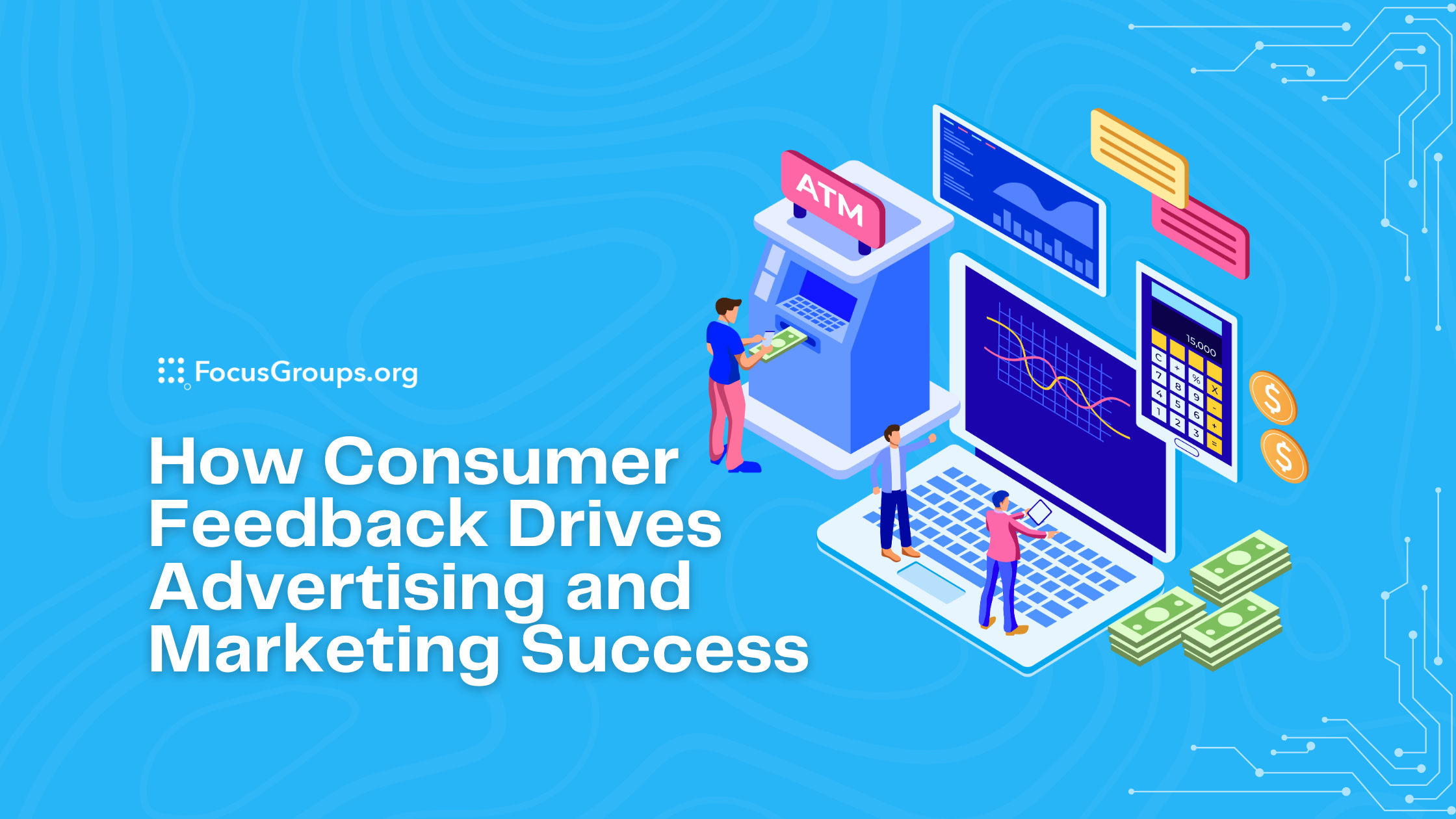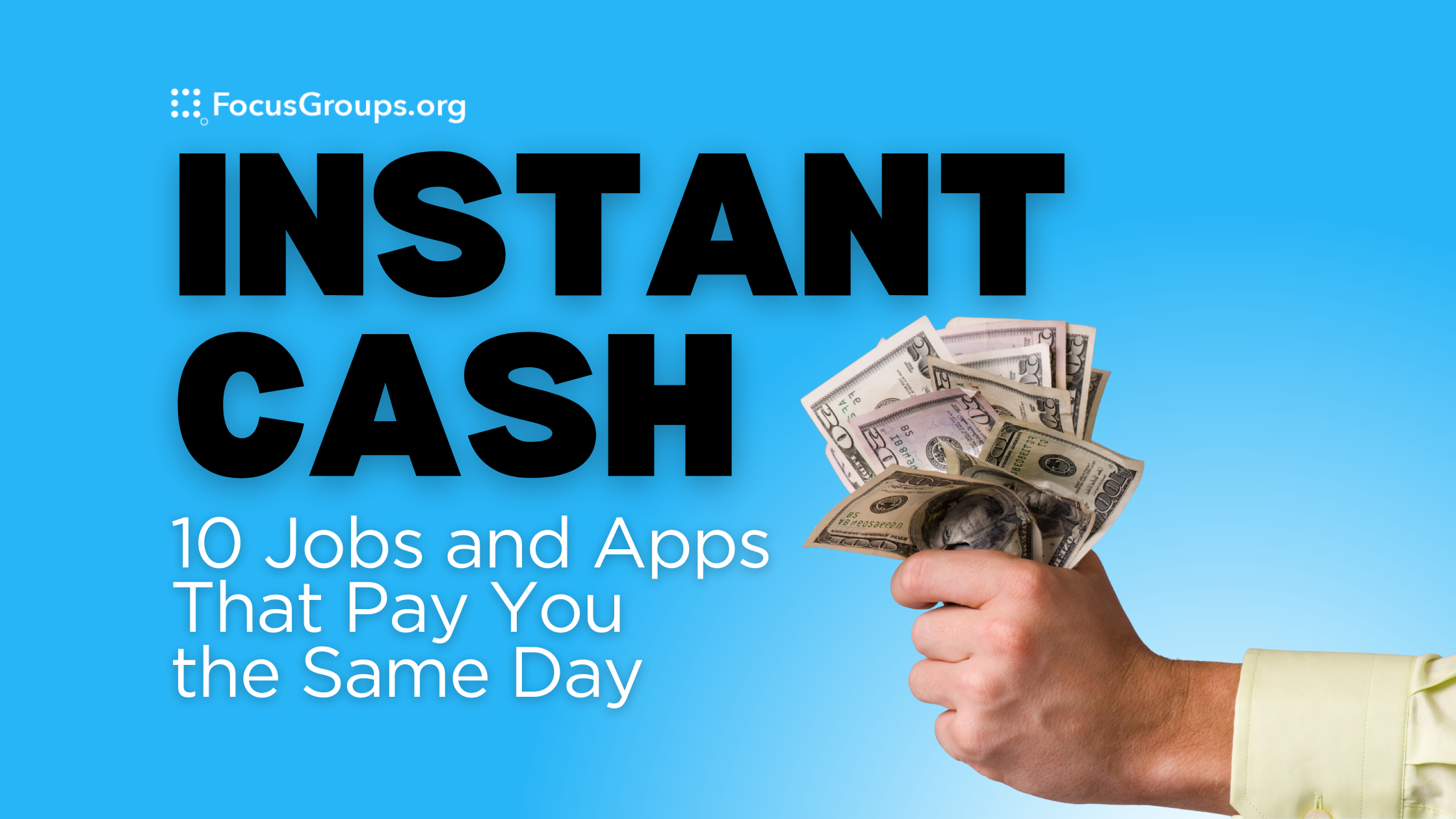How Consumer Feedback Drives Advertising and Marketing Success
Consumer feedback is the driving force behind effective advertising and marketing strategies. Discover how customer insights help shape campaigns, personalize messages, and build long-term brand loyalty.

Overview: Why Consumer Feedback Matters
In today’s fast-paced, customer-driven marketplace, consumer feedback is more valuable than ever. Businesses that actively gather and act upon consumer feedback gain a deeper understanding of their customers, enabling them to refine their products, services, and marketing strategies. As a result, companies can build stronger relationships with their audience, improve brand loyalty, and ultimately drive greater advertising and marketing success. In this blog, we will explore how consumer feedback influences advertising and marketing efforts, from shaping strategies to personalizing campaigns and evaluating their effectiveness.
Reference Table
- Introduction to Consumer Feedback
- The Role of Consumer Feedback in Shaping Marketing Strategies
- Influencing Advertising Messages
- Improving Product Positioning
- Personalization and Targeting
- Evaluating Campaign Effectiveness
- Building Trust and Brand Loyalty
- Conclusion
🧭 Introduction to Consumer Feedback
It tells you what people love, what frustrates them, and what makes them stay (or leave).
🗣️ Feedback can come from:
⭐ Online reviews
🧩 Surveys & polls
💬 Social media comments
🎥 Focus groups
📞 Customer support chats
Each one gives a peek into what customers actually think — not what you hope they think.
🎯 The Role of Consumer Feedback in Shaping Marketing Strategies
When companies gather feedback, they discover what their audience truly wants:
- What problems they’re trying to solve
- What messages click (and what flop)
- What channels they prefer
✨ Example:
If customers keep mentioning how confusing a checkout process is, marketers can update messaging to highlight “Fast & Simple Checkout” — instantly addressing the pain point.
💡 Why this works:
Understanding customers’ needs means you can craft campaigns that actually speak their language.
🗞️ Influencing Advertising Messages
Advertising that connects doesn’t just sell — it speaks directly to what customers care about. Feedback helps brands find that voice.
Focus Groups & Interviews
FocusGroups and interviews create an environment where participants feel comfortable sharing their thoughts in their own words, enabling businesses to collect rich, qualitative data. By encouraging participants to discuss their experiences, researchers can identify specific issues—such as frustration with navigation on a website or confusion about product features—that may not be captured through traditional quantitative surveys.
🧩 Improving Product Positioning
Think of product positioning as your brand’s “first impression.”
Consumer feedback helps make sure that impression sticks for the right reasons.
🧠 What feedback reveals:
- How customers see your value vs. competitors
- Whether your pricing feels fair
- What features they brag about (or complain about)
By listening to what customers say about your strengths, weaknesses, and pricing, you gain a clearer idea of how your product fits in the market. If feedback shows people view your brand as high quality but too expensive, that insight can inform pricing adjustments, new value bundles, or messaging that better justifies the price.
Understanding these perceptions allows businesses to make strategic shifts. Whether it’s refining how a product is described or emphasizing the benefits customers care about most, feedback ensures your brand stays aligned with audience expectations.
💌 Personalization and Targeting
Every comment, review, and survey response gives clues about different audience segments and their unique motivations. By identifying these patterns, marketers can tailor their campaigns so each group sees something that speaks directly to them.
For instance, one audience might care about convenience, while another prioritizes quality. Knowing this allows brands to design targeted ads that match those preferences instead of relying on one generic message for all.
When customers feel understood, engagement increases, brand loyalty strengthens, and marketing becomes far more effective.
📊 Evaluating Campaign Effectiveness
1. Understanding Post-Campaign Feedback
The story doesn’t end once a campaign launches — that’s actually where the learning begins.
Customer feedback reveals how your campaign truly landed. It shows whether people connected with your message, ignored it, or loved it enough to share.
Post-campaign insights turn assumptions into facts, helping marketers understand audience reactions beyond the surface-level metrics.
2. Analyzing What Worked (and What Didn’t)
Surveys, reviews, and social listening are your best friends here. They reveal what clicked with audiences and what fell flat.
Maybe your visuals drew attention but the message didn’t resonate, or perhaps one demographic loved the offer while another didn’t engage at all.
Every response, comment, or review adds another layer of clarity to what drives results.
3. Turning Feedback Into Action
Each round of feedback is a chance to improve.
By adjusting campaigns based on audience reactions, you ensure every next launch is stronger than the last.
This ongoing loop — launch → learn → refine → repeat — helps brands grow sharper, more responsive, and more relevant over time.
The more you listen, the better your marketing gets.
💬 Building Trust and Brand Loyalty
Trust grows when customers see that their opinions lead to real change. When a business listens, responds, and follows through, it shows that customer voices truly matter.
This kind of responsiveness can turn a one-time buyer into a loyal advocate. Even small actions — like improving a feature based on feedback or acknowledging a suggestion publicly — help build credibility and community.
Transparency and consistency are key. Brands that openly welcome feedback and act on it develop stronger relationships, deeper loyalty, and long-term customer confidence.
Trust Loop
Feedback → Action → Transparency → Loyalty
🏁 Conclusion: Turning Feedback Into Action
In the modern marketing world, feedback is your unfair advantage.
It helps brands craft authentic messages, fine-tune products, and build long-lasting relationships.
💬 The winning formula:
Listen → Learn → Act → Repeat





